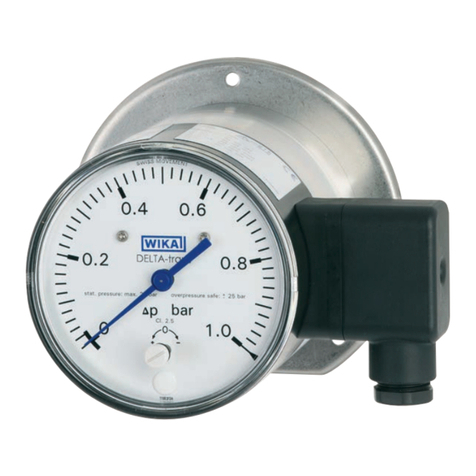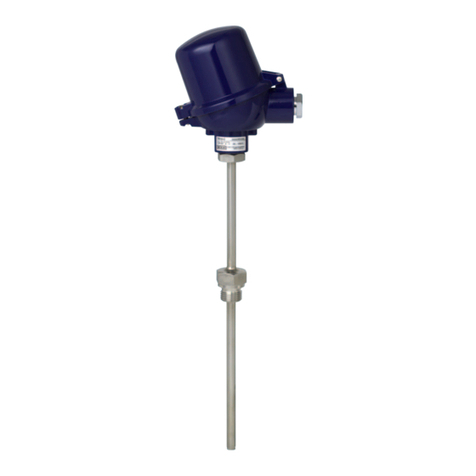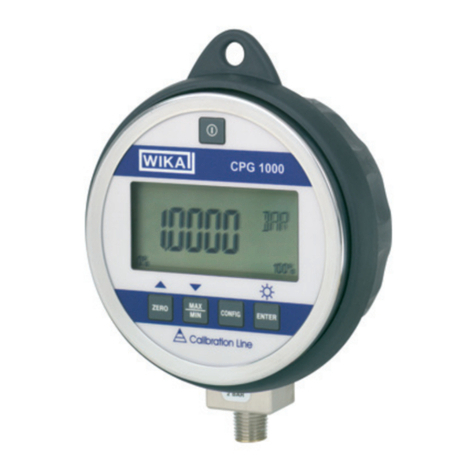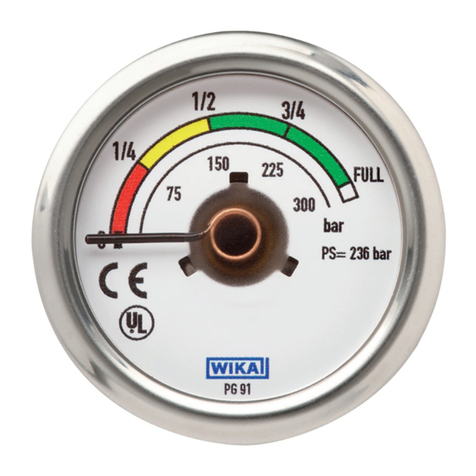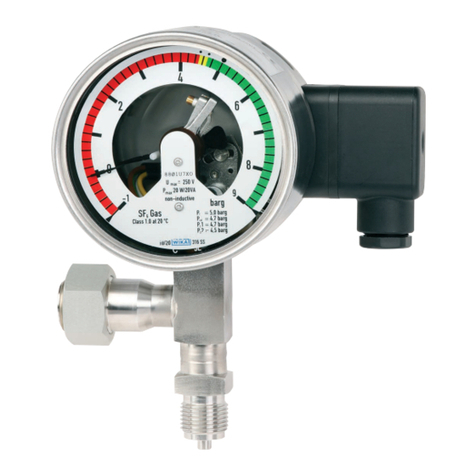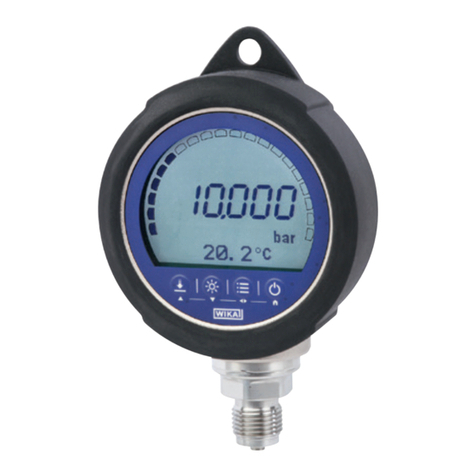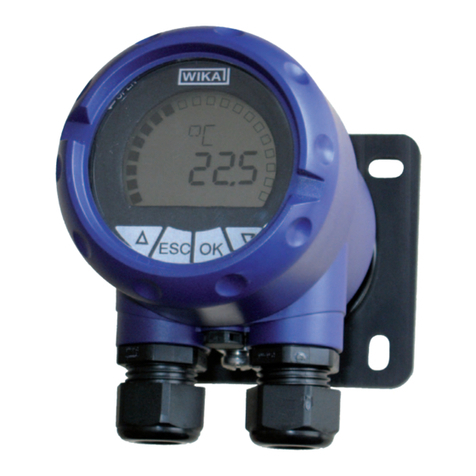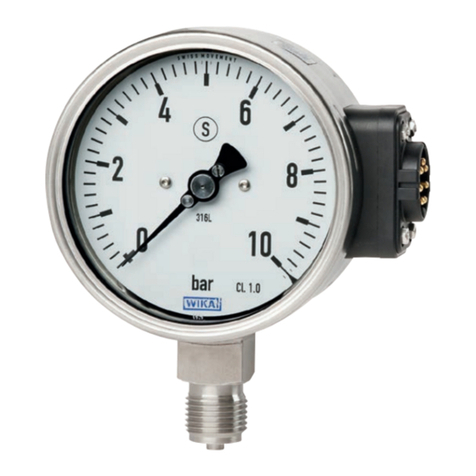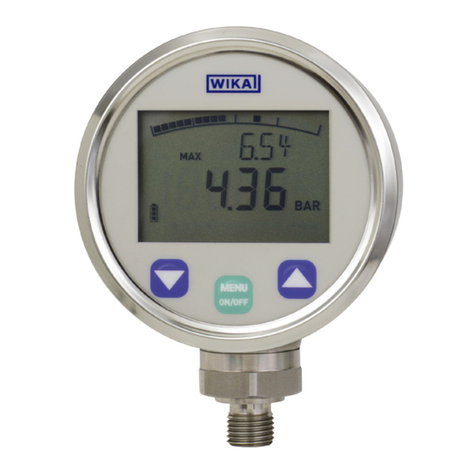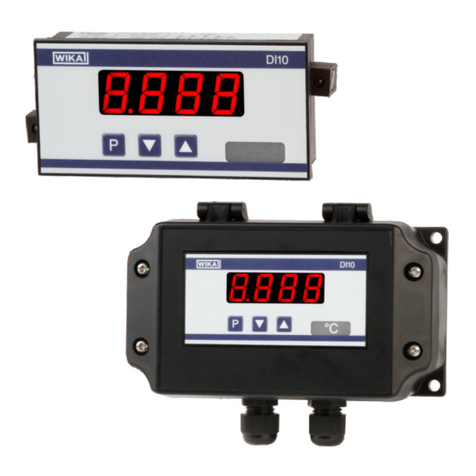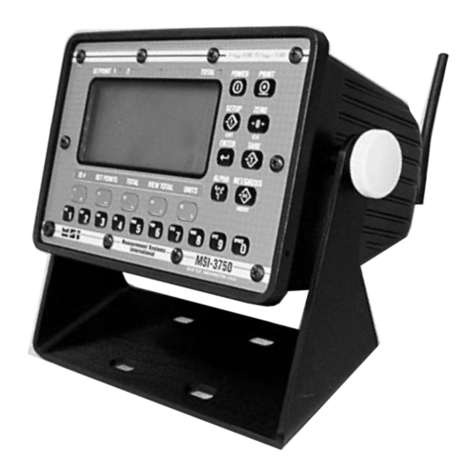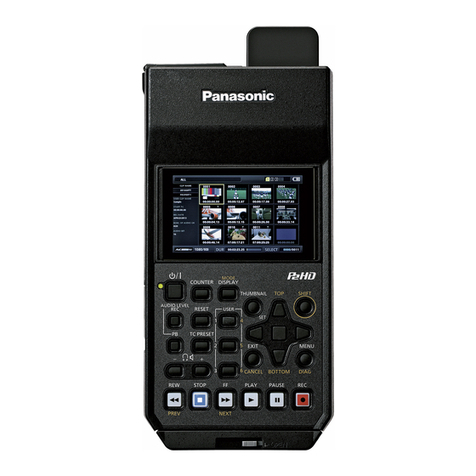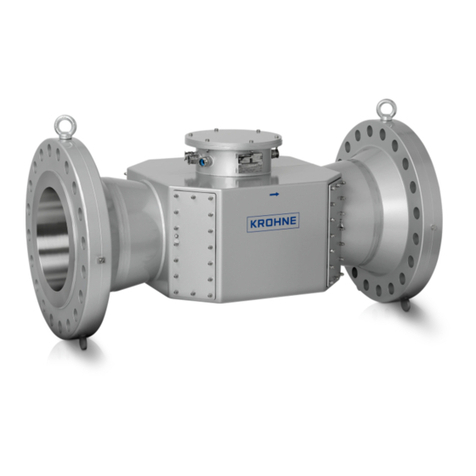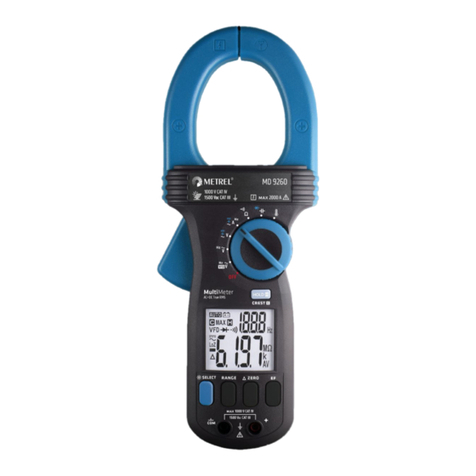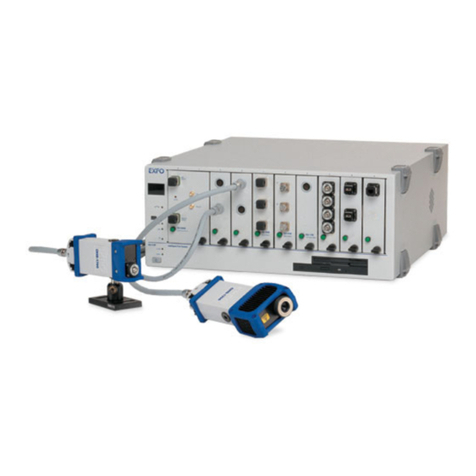WIKA IBF1 User manual




















Other manuals for IBF1
1
This manual suits for next models
6
Table of contents
Languages:
Other WIKA Measuring Instrument manuals

WIKA
WIKA PGW23.100.11 User manual
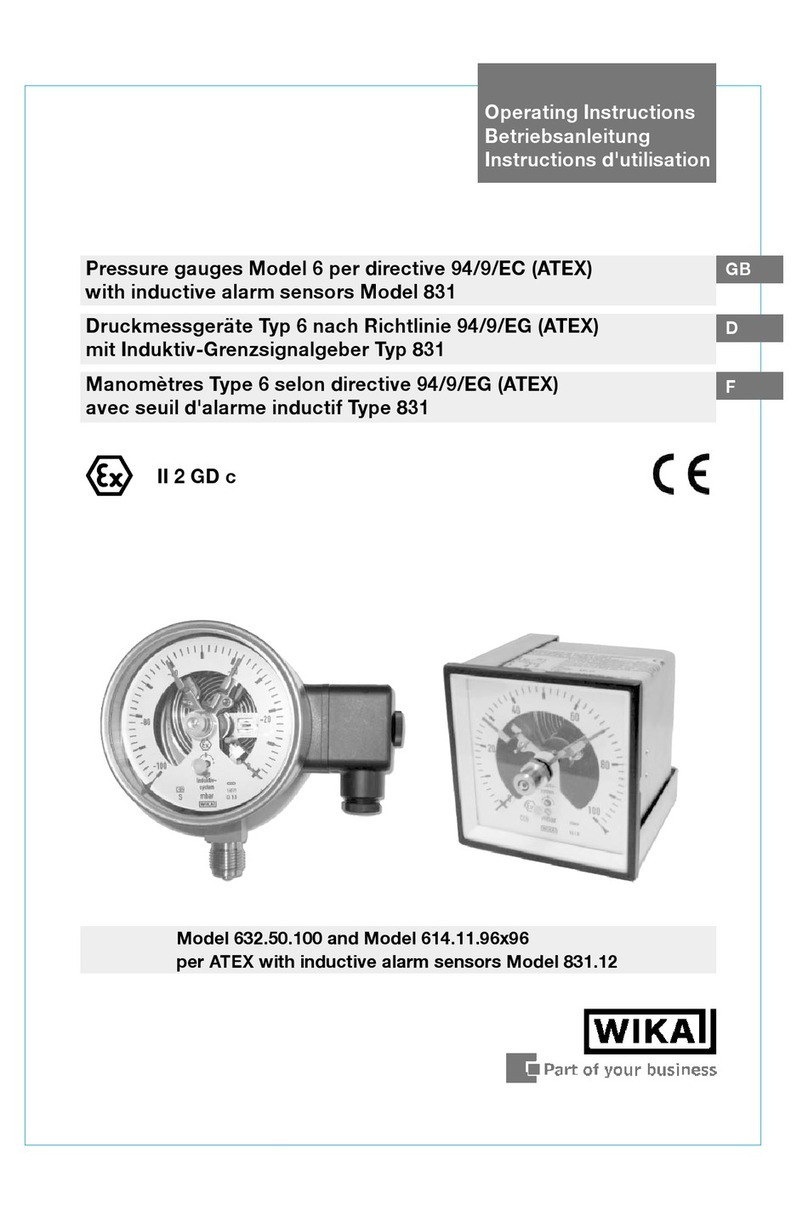
WIKA
WIKA 632.50.100 User manual
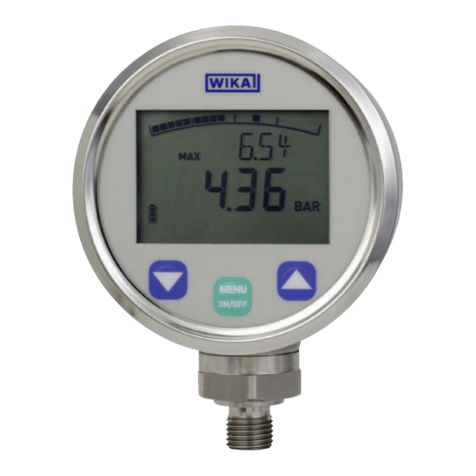
WIKA
WIKA DG-10 User manual
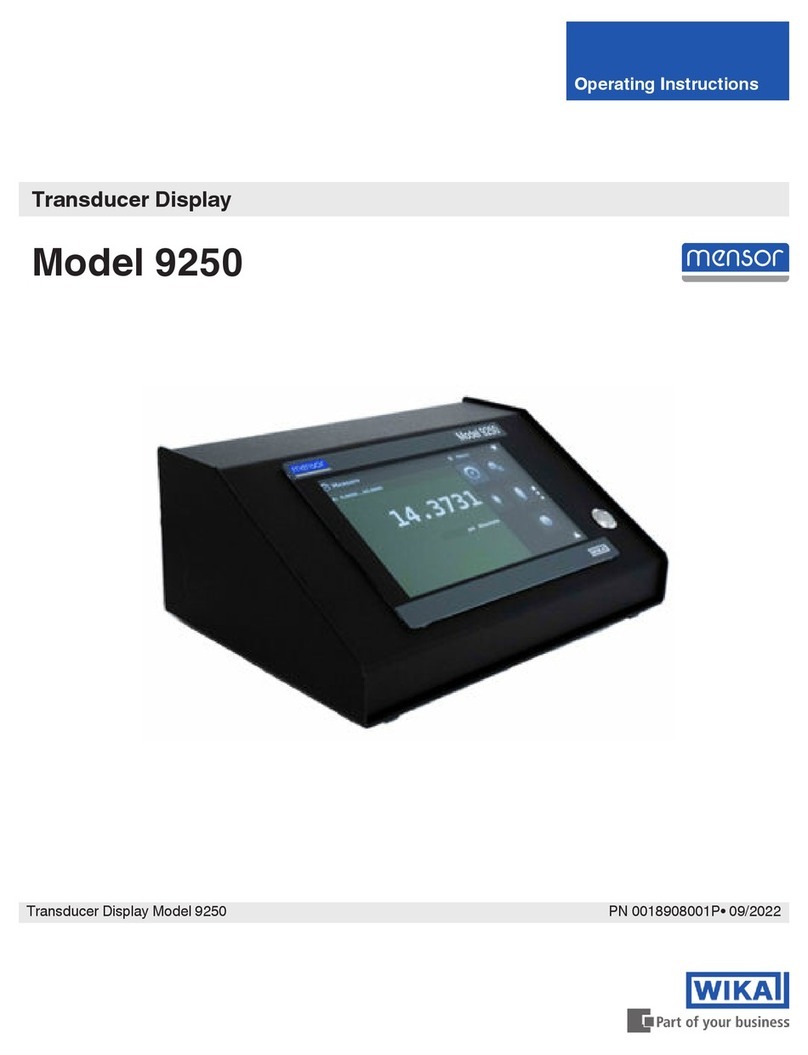
WIKA
WIKA mensor 9250 User manual
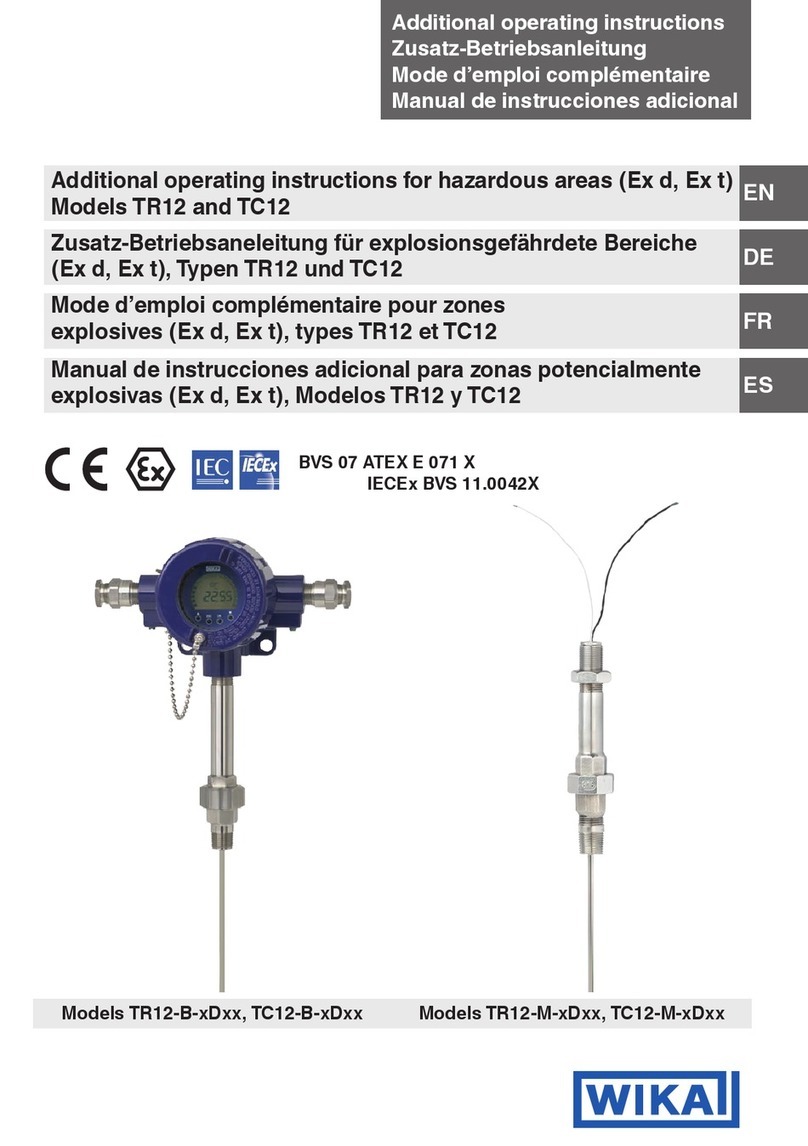
WIKA
WIKA TR12 Series Operating instructions
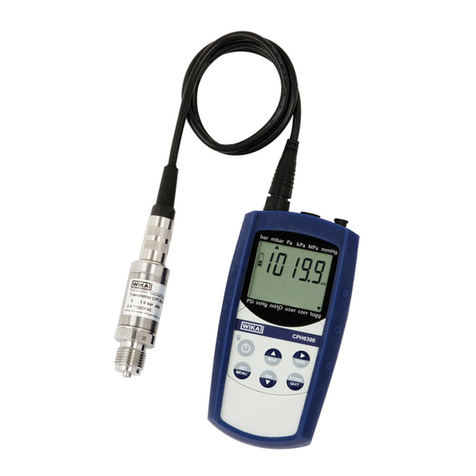
WIKA
WIKA CPH6300-S1 User manual
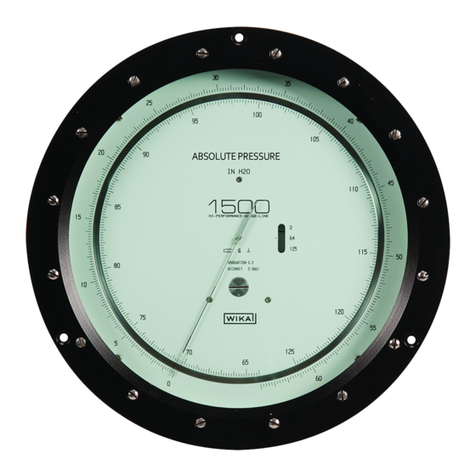
WIKA
WIKA 1500 Series User manual
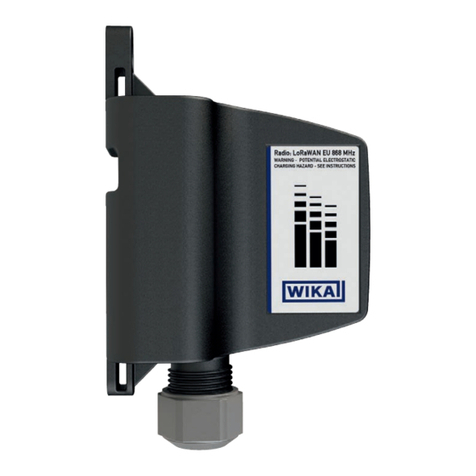
WIKA
WIKA NETRIS 3 User manual
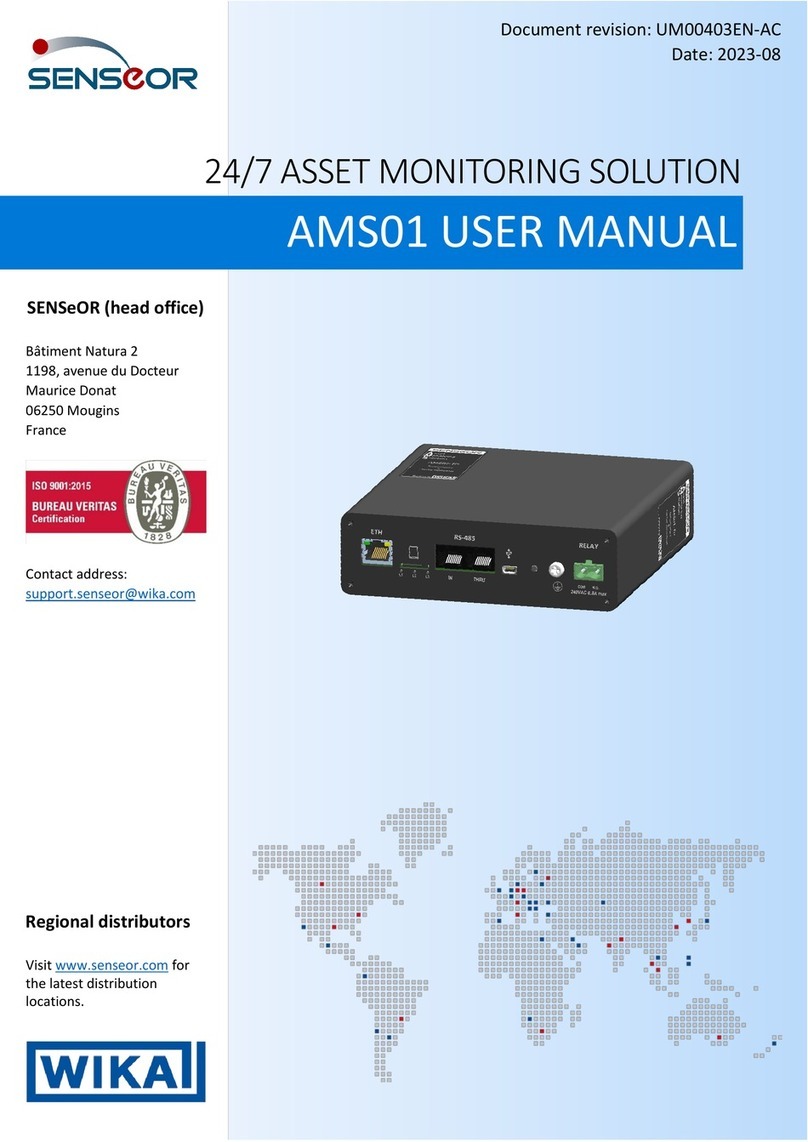
WIKA
WIKA SENSeOR AMS01 User manual
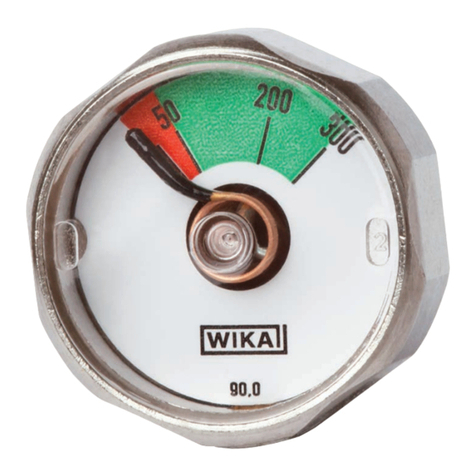
WIKA
WIKA 116.18.02 Series User manual
Popular Measuring Instrument manuals by other brands
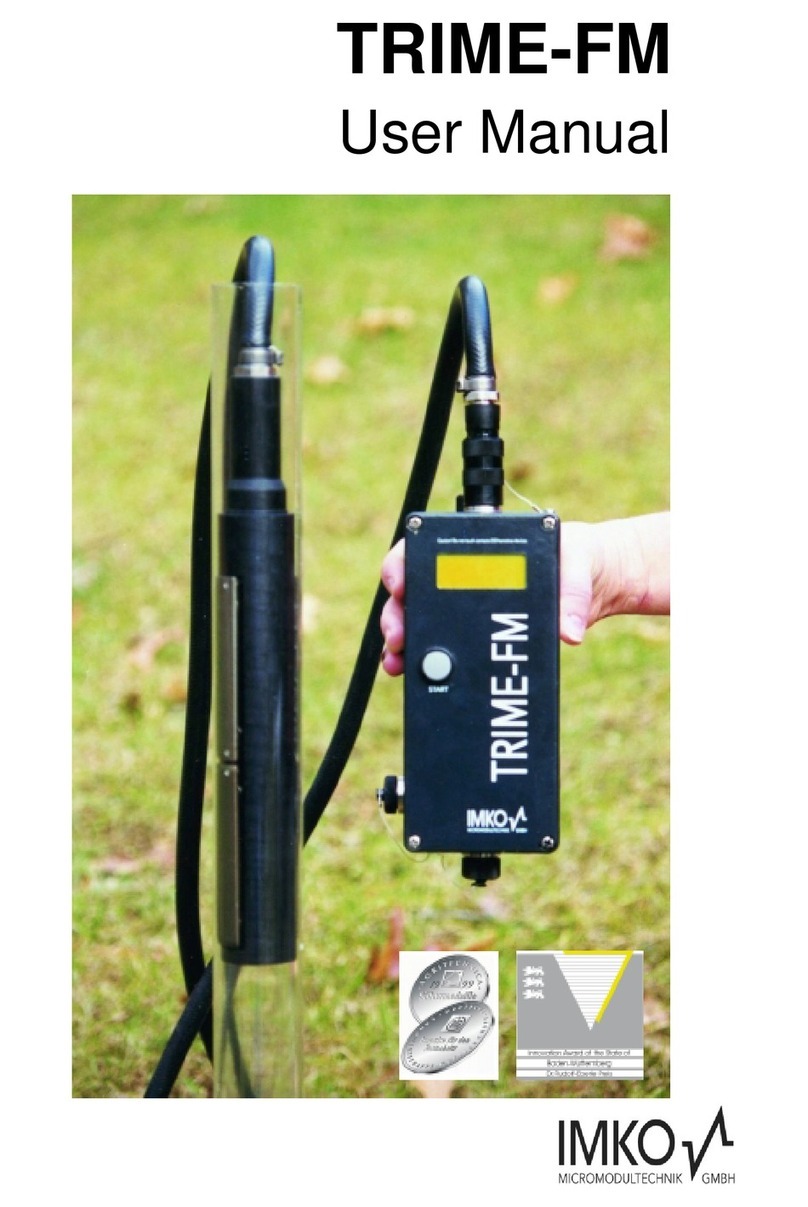
IMKO
IMKO TRIME-FM user manual
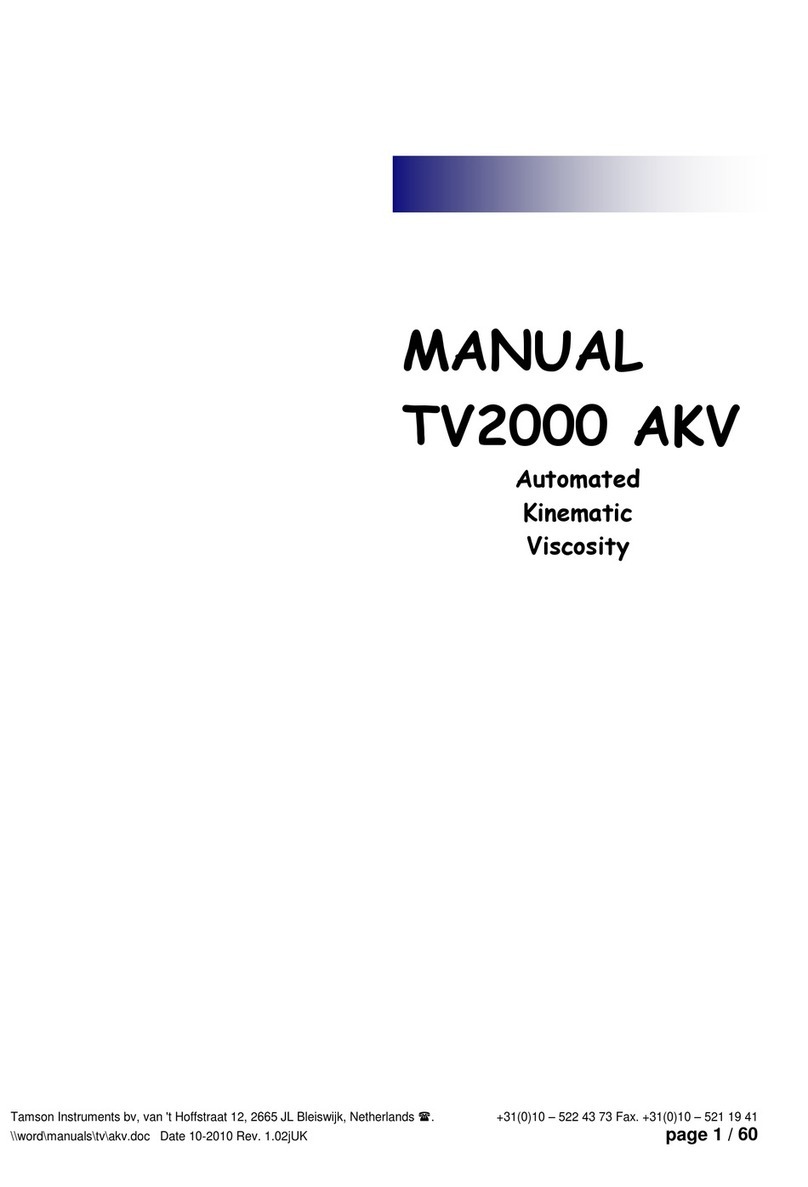
Tamson Instruments
Tamson Instruments TV2000 AKV manual

Acrel
Acrel AIM-T500 Installation and operation manual
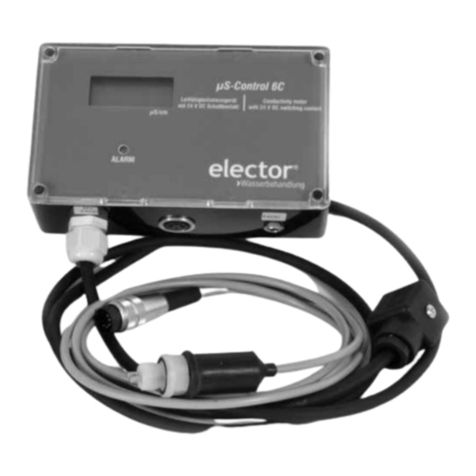
ELECTOR
ELECTOR mS-Control 6C operating manual
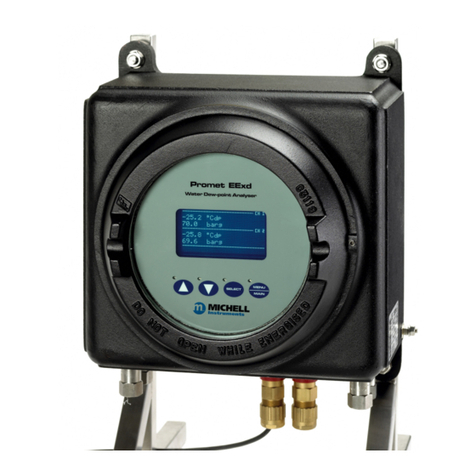
Michell Instruments
Michell Instruments Promet EExd user manual

ACI Laser
ACI Laser DPL Nobilis Marker operating instructions
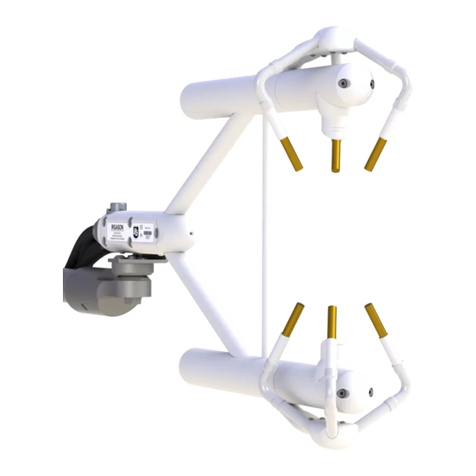
Campbell
Campbell IRGASON product manual

Hioki
Hioki 3181-01 instruction manual

Endress+Hauser
Endress+Hauser Proline Promass 84 Safety instructions

Orbit Merret
Orbit Merret OM 601UQC instruction manual

PCB Piezotronics
PCB Piezotronics 357B40 Installation and operating manual

Bender
Bender ISOMETER IR1575PG1 manual
